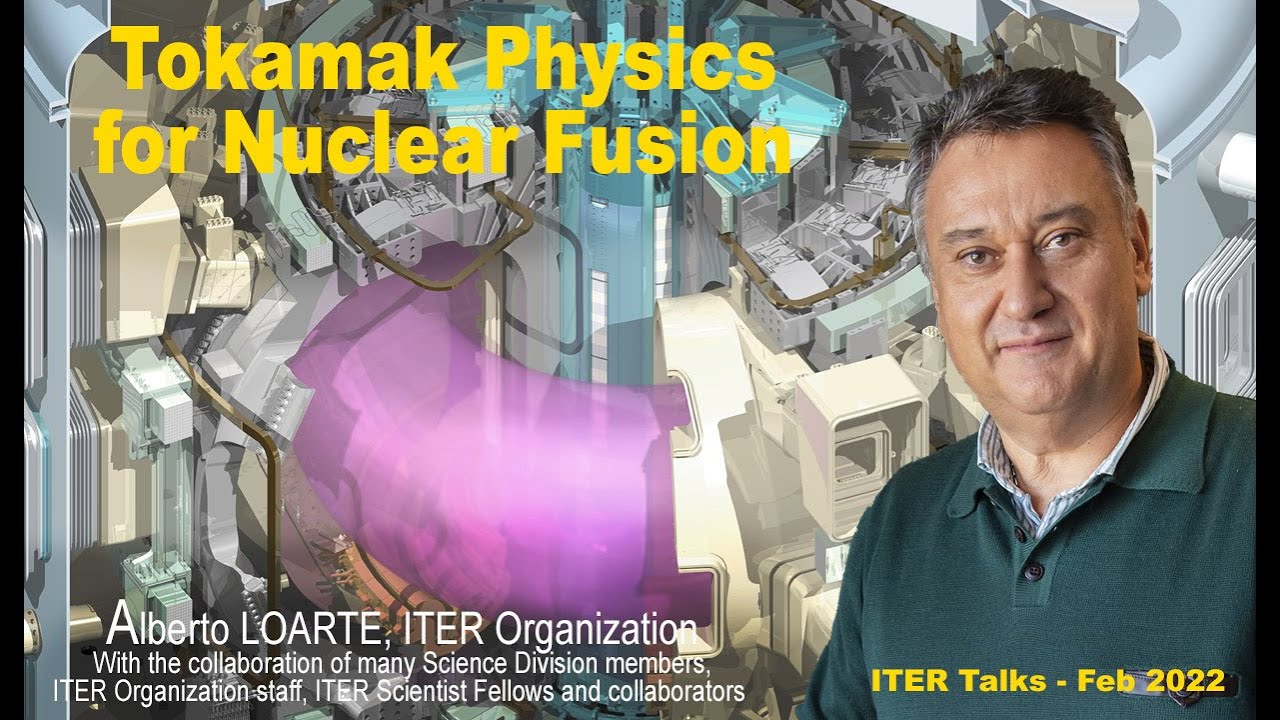The colossal assemblies of magnets, vacuum vessel, cryogenics, blanket, and other components of the International Thermonuclear Experimental Reactor, not to mention its vast array of power supplies, vacuum pumps, cryogenic chillers, and heat management systems, are all about maintaining the plasma in which nuclear fusion reactions occur. Plasma just wants to go wild—in the presence of the intense electromagnetic fields required to confine and heat it to ignition temperature, plasma is subject to a multitude of instability modes which, if allowed to grow, will snuff out the reaction. The tokamak design, originally developed in the Soviet Union by physicists Igor Tamm and Andrei Sakharov in the 1950s has been found to be the most promising candidate to achieve a stable fusion plasma, but mastering it has taken decades of work. ITER is intended to demonstrate that this work has finally produced a design that can be scaled up into a practical power-generating reactor.
The devil is in the details, and this talk delves deeply into them.
